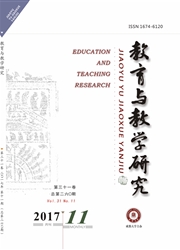

 中文摘要:
中文摘要:
城乡医疗救助制度通过对困难家庭成员的直接救助与资助参加社会医疗保险, 对缓解困难家庭医疗支出负担起到了积极作用。 城乡医疗救助制度目前主要存在的直接救助水平过低、 财政投入非制度化以及审批手续繁琐、 病种限制过严等问题, 可以从提高直接救助水平、 扩大救助病种目录、 借鉴相关社保制度、 开展多样化救助, 以及加强基层医疗卫生建设、 对城乡困难家庭成员开展健康教育与继续提高医疗保险的保障水平等方面重点加强建设, 另外也应重视城乡医疗救助的信息化建设。
 英文摘要:
英文摘要:
The urban-rural medical assistance system has played a positive role in alleviating medical expenses for needy families by giving aid to the family members and helping them participate in social health insurance. At present, the urbanrural medical assistance system has the following problems: low direct aid, non-institutionalized financial investment, cumbersome approval procedures and too much restrictions on disease types. The solutions are to raise the direct aid level, enlarge the disease catalog, learn from relevant social security systems, set up diversified relief channels, strengthen primary health care construction, educate needy family members and to further improve medical insurance level. In addition, the information technology of urban-rural medical assistance should also be emphasized.
 同期刊论文项目
同期刊论文项目
 同项目期刊论文
同项目期刊论文
 期刊信息
期刊信息
